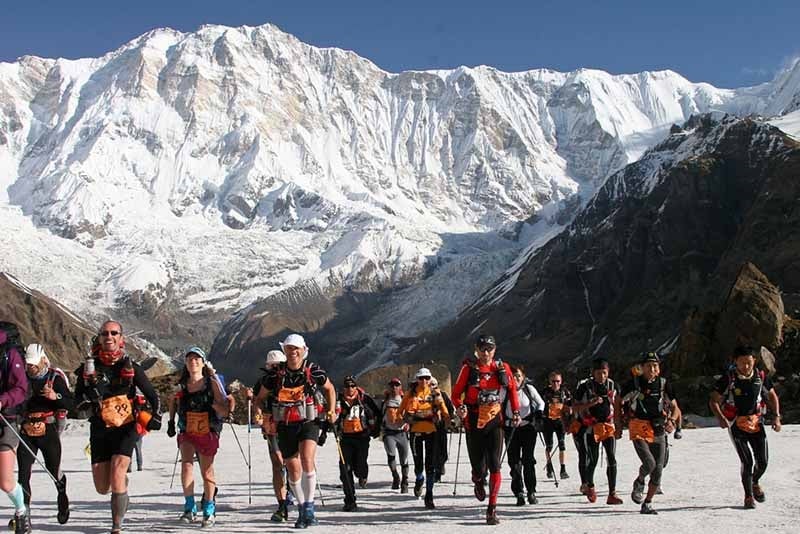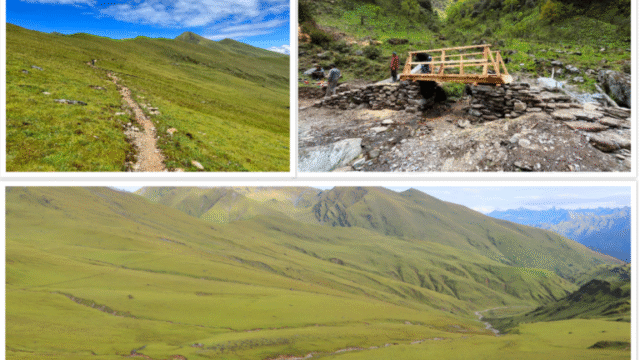Mountain tourism in Nepal began gaining global recognition in the 1950s, starting with the successful ascent of Annapurna I by a French team in 1950, followed by the historic Everest summit by Sir Edmund Hillary and Tenzing Norgay Sherpa in 1953. These milestones established Nepal as a premier destination for mountaineering and adventure tourism.
Over the decades, the government opened key trekking routes such as the Annapurna Circuit and Everest Base Camp, and in 1975, formed the Ministry of Tourism to strengthen the sector. Campaigns like “Visit Nepal 1998” and “Visit Nepal 2020” helped further boost interest in Himalayan tourism.
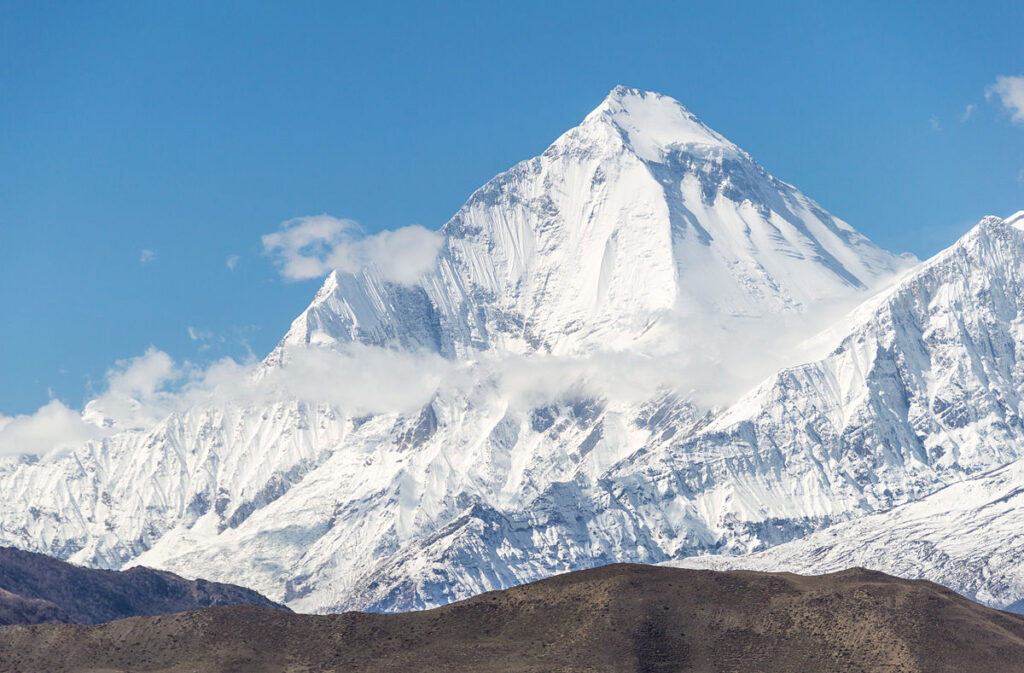
Before the COVID-19 pandemic, Nepal welcomed over 1.2 million international visitors annually, with a significant portion involved in trekking and mountain activities. The tourism industry now supports over 600 trekking agencies and more than 100,000 guides, porters, and support staff. Mountain tourism contributes directly around 8% to Nepal’s GDP and indirectly drives development in remote areas by creating jobs and improving access to infrastructure, education, and healthcare.
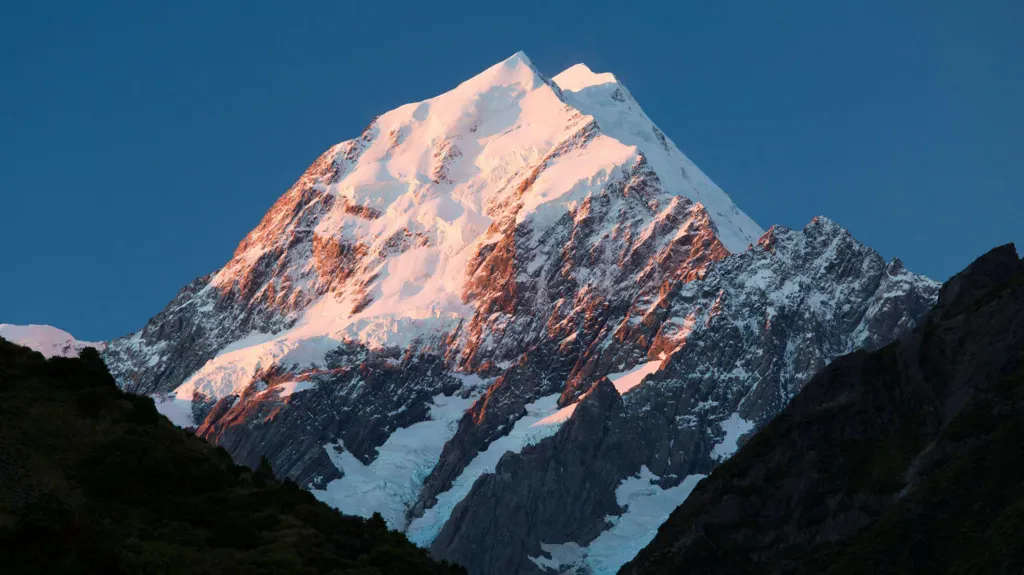
Despite its potential, the sector faces challenges such as poor infrastructure, limited communication and rescue systems, impacts of climate change, and a lack of coordination among government bodies.
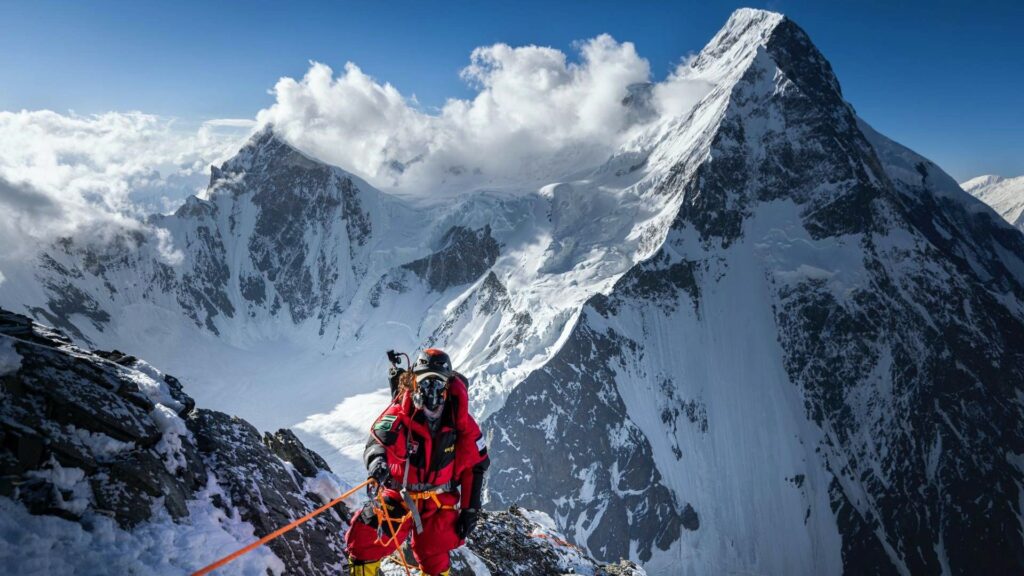
Workers in this field often operate in high-risk conditions with minimal insurance, training, or safety equipment. To improve, Nepal must invest in training, ensure mandatory insurance for tourists and workers, digitalize permit systems, and strengthen public-private partnerships. With better policies and international branding efforts, mountain tourism can play an even greater role in Nepal’s economy and global image.
